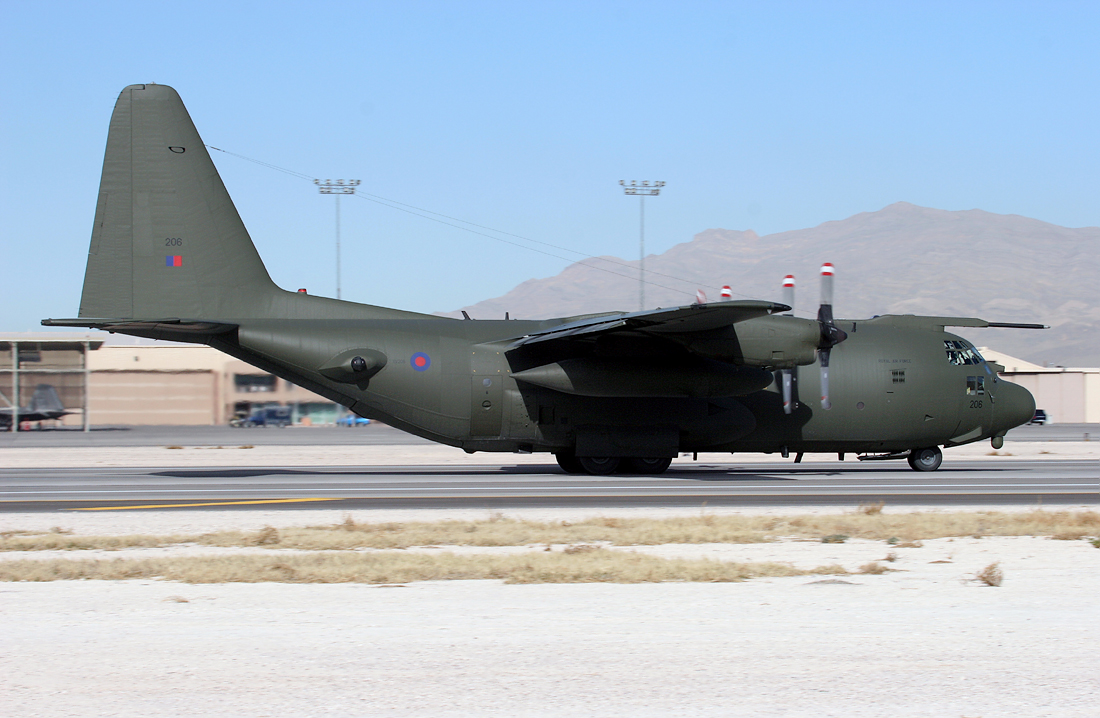Country
Crash of a Lockheed C-130J-30 Hercules in Amarah
Date & Time:
Feb 12, 2007 at 2010 LT
Registration:
ZH876
Survivors:
Yes
MSN:
5460
YOM:
1999
Crew on board:
6
Crew fatalities:
Pax on board:
58
Pax fatalities:
Other fatalities:
Total fatalities:
0
Circumstances:
The crew of ZH876 were tasked to fly a routine roulement of troops to a Tactical Landing Zone (TLZ) in Maysān province, Iraq. Weather at the TLZ was good, with a visibility of 25 km, no significant cloud and a light surface wind. The flight to the TLZ was routine and at approx 17:00 UTC the Hercules began to make its approach to the TLZ. Comms had already been established between ZH876 and the Tactical Air Traffic Controller (Tac ATC) at the TLZ, and the aircraft was subsequently cleared to land. An uneventful approach followed flown by the copilot. At 17:10:15 UTC, as the aircraft was about to touchdown at the TLZ, the crew experienced a load bang and a bright flash. The flash temporarily blinded the flight-deck crew. Virtually simultaneously, the aircraft touched down. The first flash was followed, a second later, by another flash and louder bang. The aircraft slewed off the left-hand side of the runway. The captain took over control of the aircraft. On regaining vision, the captain tried to steer the aircraft back onto the runway. However, the crew became aware of a fire on the port side, which was confirmed as a wing fire. The captain brought the aircraft to an immediate halt. The aircraft came to rest 50 m from the runway edge, some 700 m after touchdown. The aircraft sustained substantial damage and it was decided to blow up the plane because the damage was too difficult to repair and there was also a potential risk that anti-Iraqi forces might obtain information on specialist equipment.
Probable cause:
The evidence recovered from the incident site revealed that two IED [improvised explosive device] arrays had exploded in the near vicinity of ZH876's touchdown point at the TLZ. The Board quickly ruled out aircraft systems failure and other possible causes. The Board concluded that this deliberate enemy action was the sole cause of the damage sustained to ZH876 in this incident. The Board further concluded that there was a lack of understanding, by the Force Protection personnel, of TLZ sweep procedures and they had not received the appropriate training. This meant that the sweep procedures applied at the TLZ were inadequate to discover the IED arrays.


Crash of a Lockheed L-382G-51C Hercules in Piacenza: 3 killed
Date & Time:
Aug 13, 2006 at 2015 LT
Registration:
7T-VHG
Survivors:
No
Schedule:
Algiers - Frankfurt
MSN:
4880
YOM:
1981
Flight number:
AH2208
Crew on board:
3
Crew fatalities:
Pax on board:
0
Pax fatalities:
Other fatalities:
Total fatalities:
3
Aircraft flight hours:
31889
Aircraft flight cycles:
13173
Circumstances:
The four engine aircraft departed Algiers-Houari Boumédiène Airport at 1705LT on a cargo flight to Frankfurt with a crew of three on board. While cruising at an altitude of 25,000 feet over north Italy, the copilot informed ATC about the failure of the automatic pilot system. Less than a minute later, the aircraft entered an uncontrolled descent during which the overspeed alarm sounded in the cockpit. In a nose down angle of 45-50° and at a speed of 850/900 km/h, the aircraft crashed in an open field located southwest of Piacenza. The aircraft totally disintegrated on impact and all three crew members were killed. A large crater was found at the point of impact and debris were found till 800 metres around.
Probable cause:
The very high state of fragmentation of the wreck and the substantial absence/utilisation of FDR data made the safety investigation very difficult and therefore could not acquire some indisputable certainties on certain aspects. The indications resulting from the examination of the acquired evidence and from the many technical analyses carried out lead to believe that the accident occurred because of the loss sudden control of the aircraft, induced, reasonably speaking, by a technical problem in the flight control system, which the pilots were unable to counter/manage and which the safety investigation could not detect with absolute certainty.
Final Report:
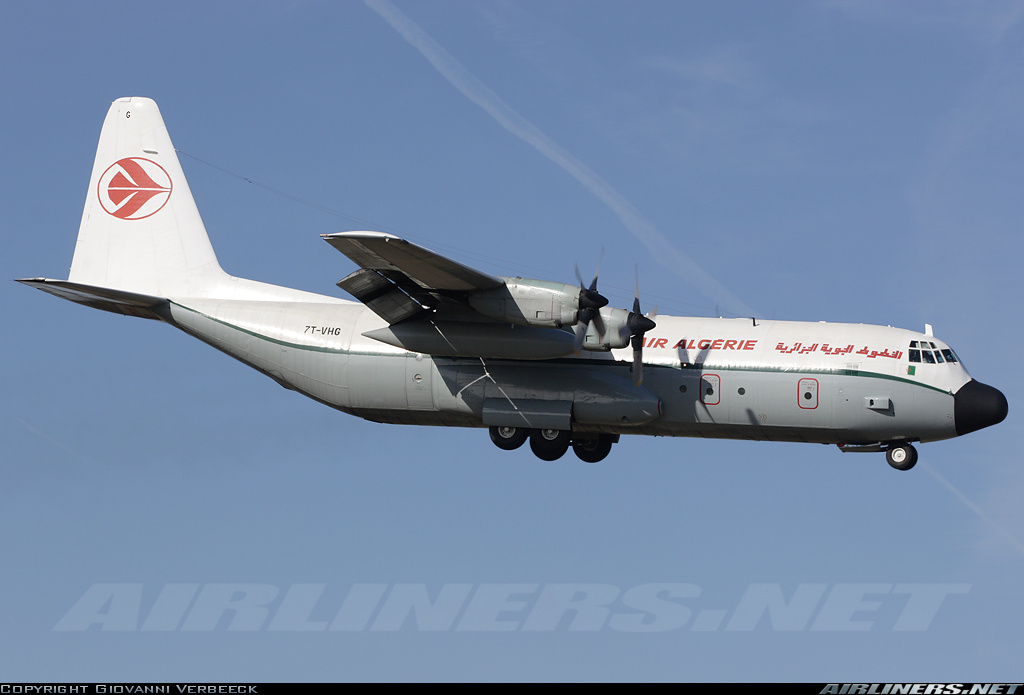
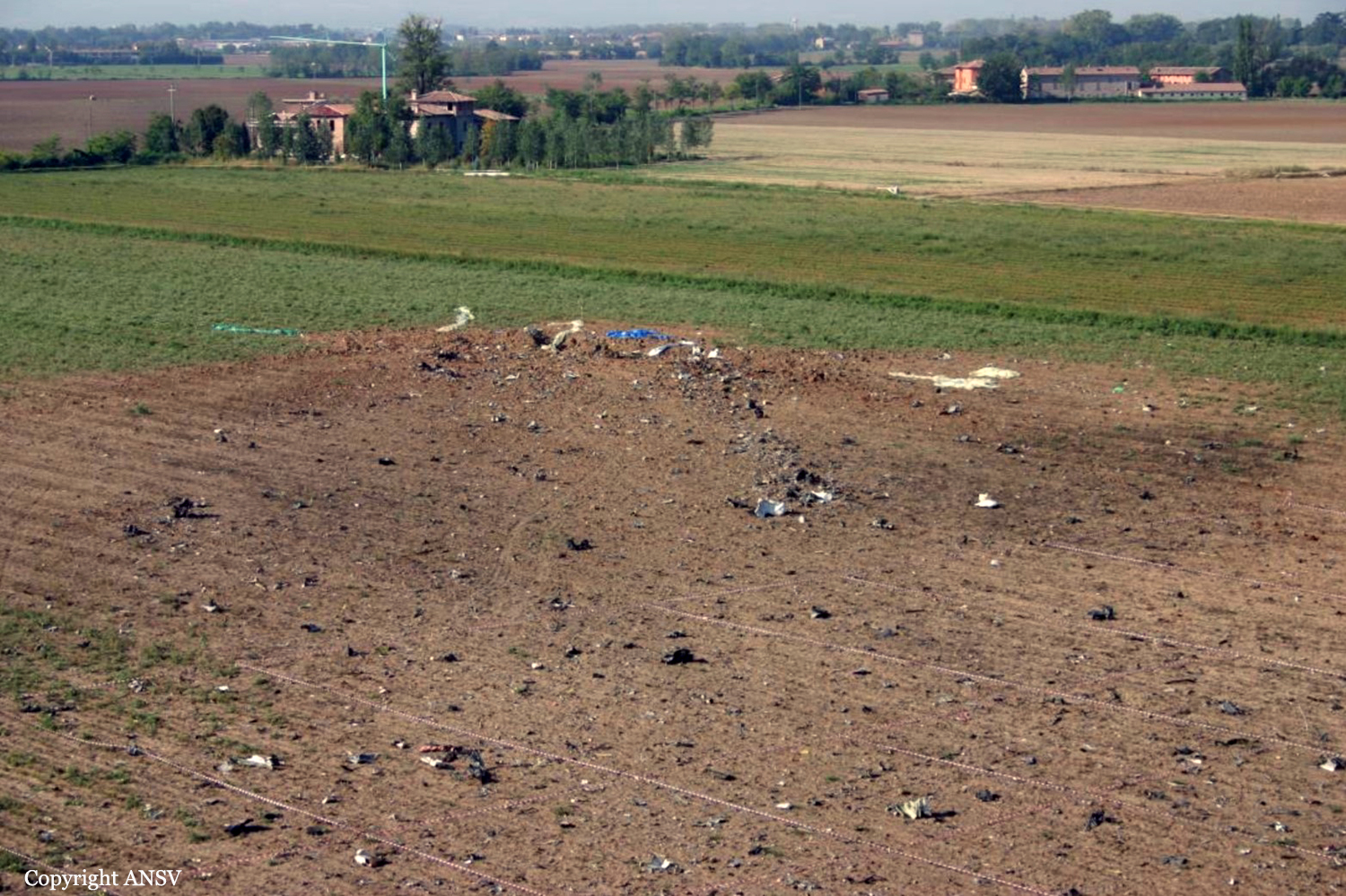
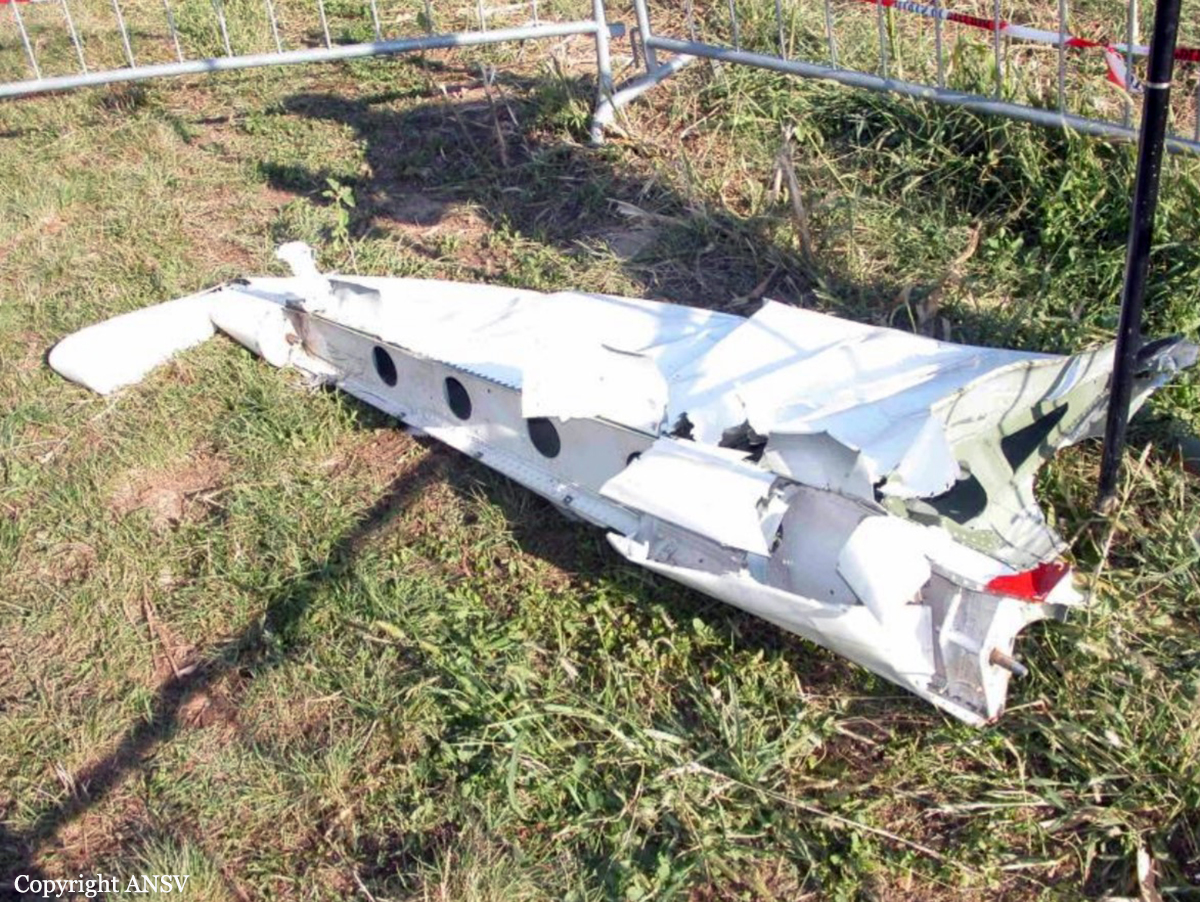

Crash of a Lockheed L-382G-32C Hercules in Kigoma
Date & Time:
Jul 12, 2006 at 1517 LT
Registration:
S9-BOF
Survivors:
Yes
Schedule:
Kamina – Manono – Kigoma
MSN:
4586
YOM:
1975
Flight number:
TFK822
Crew on board:
5
Crew fatalities:
Pax on board:
0
Pax fatalities:
Other fatalities:
Total fatalities:
0
Circumstances:
The aircraft departed Kamina on a special UN flight to Kigoma, Tanzania, with an intermediate stop in Manono, DRC. On approach to runway 16, the captain decided to initiate a go-around procedure for unknown reasons. During the second attempt to land, the aircraft descended below the glide and struck the ground, coming to rest 300 metres short of runway threshold, bursting into flames. All 5 occupants were injured while the aircraft was destroyed by fire.
Probable cause:
Wrong approach configuration after the crew adopted an excessive rate of descent, causing the aircraft to pass below the glide until it impacted ground. The crew failed to initiate a second go-around for unknown reasons.
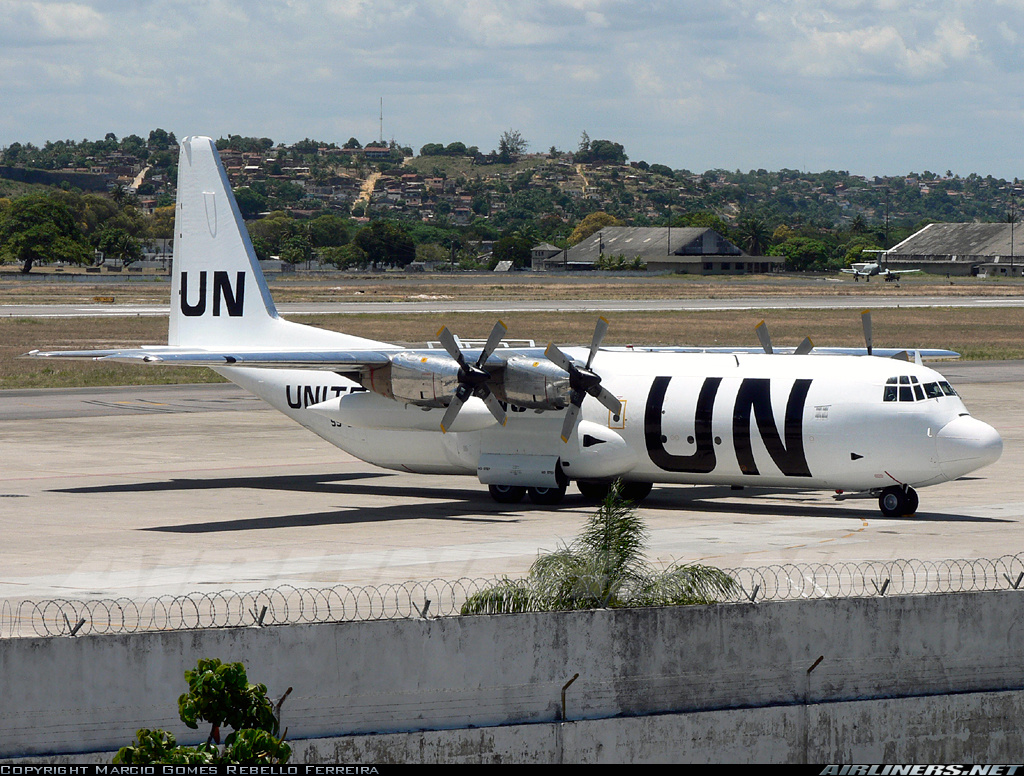

Crash of a Lockheed HC-130H Hercules in Saint Paul Island
Date & Time:
Jun 28, 2006
Registration:
1710
Survivors:
Yes
Schedule:
Kodiak - Saint Paul Island
MSN:
5028
YOM:
1985
Crew on board:
9
Crew fatalities:
Pax on board:
0
Pax fatalities:
Other fatalities:
Total fatalities:
0
Circumstances:
The aircraft departed Kodiak on a cargo flight to Saint Paul Island, carrying nine crew members and a 19,000 litres fuel truck. Upon landing on runway 36, the airplane fish tailed twice, causing the right wing to struck the runway surface. The wingtip was sheared off as well as the engine n°4 propeller. Unable to stop within the remaining distance, the aircraft overrun, lost its undercarriage and came to rest few dozen metres further. All nine occupants escaped uninjured while the aircraft was damaged beyond repair.

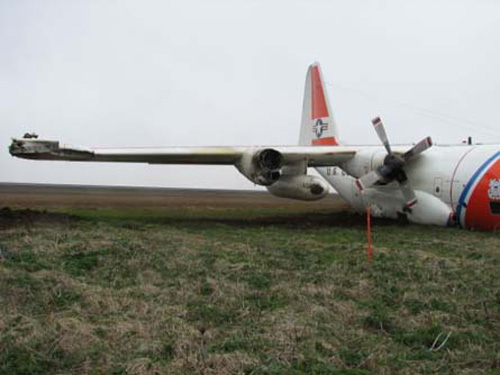
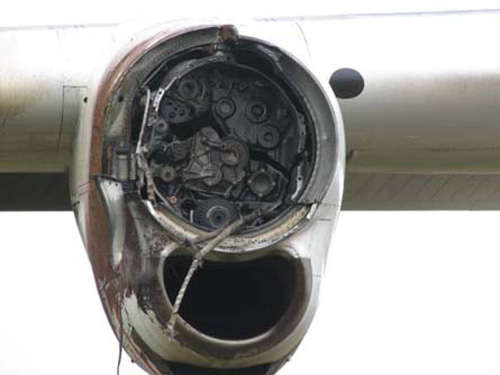
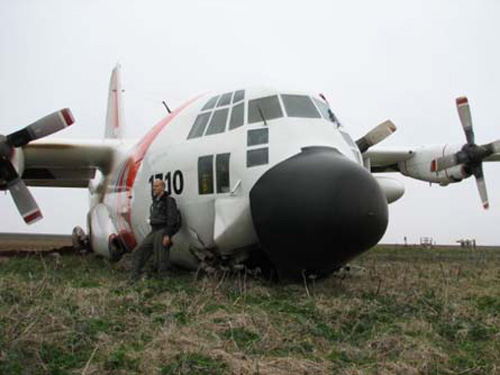
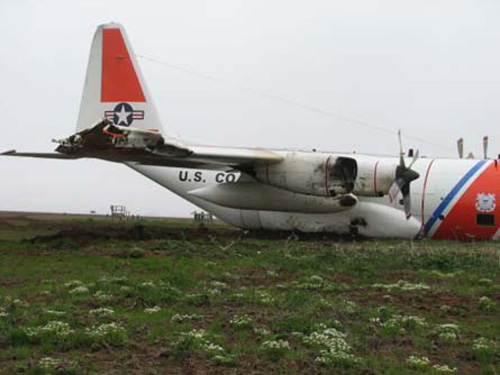
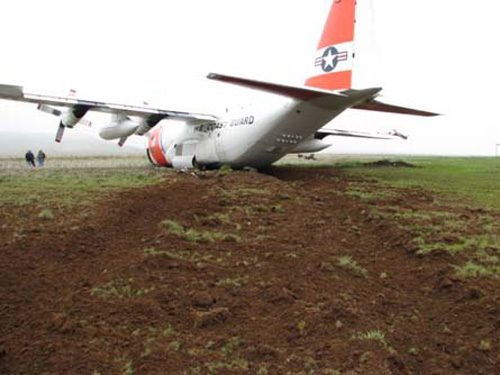

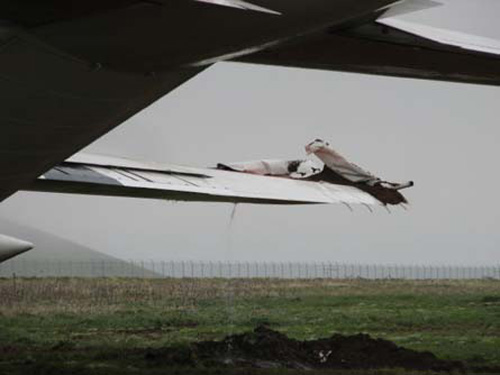

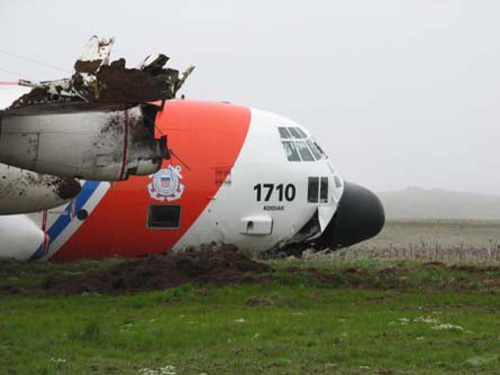
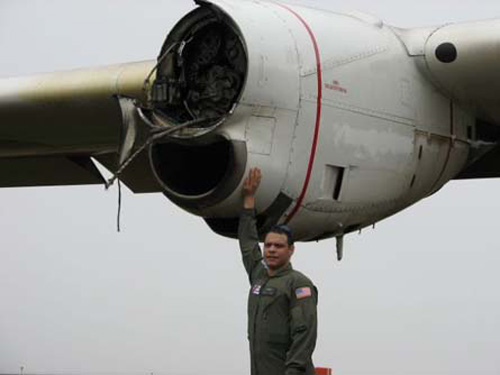
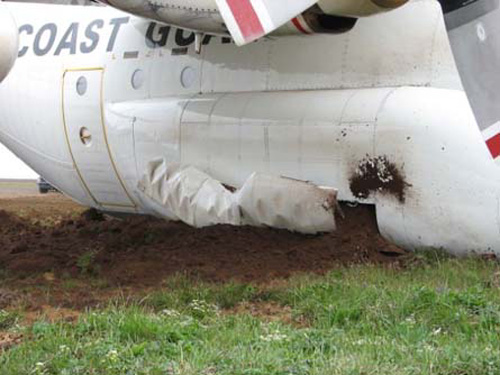
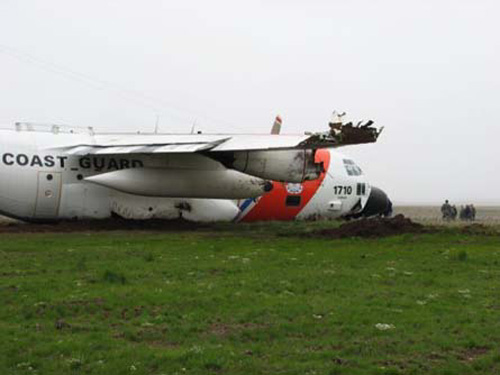
Crash of a Lockheed C-130H Hercules in Abéché: 5 killed
Date & Time:
Jun 11, 2006 at 1830 LT
Registration:
TT-PAF
Survivors:
Yes
Schedule:
N’Djamena – Abéché
MSN:
5141
YOM:
1988
Crew on board:
0
Crew fatalities:
Pax on board:
0
Pax fatalities:
Other fatalities:
Total fatalities:
5
Circumstances:
In unknown circumstances, the aircraft crashed upon landing at Abéché Airport and came to rest about 200 metres past the runway end, bursting into flames. At least five passengers were killed and several others were injured. The aircraft was destroyed. The accident occurred 30 minutes after the airport closing time at 1800LT.
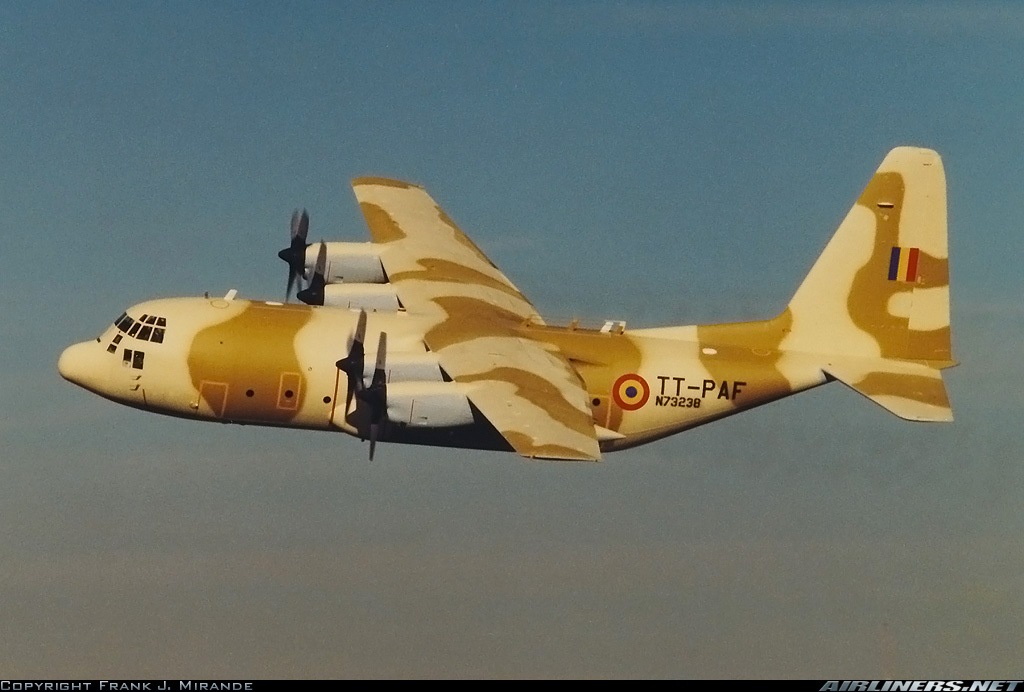

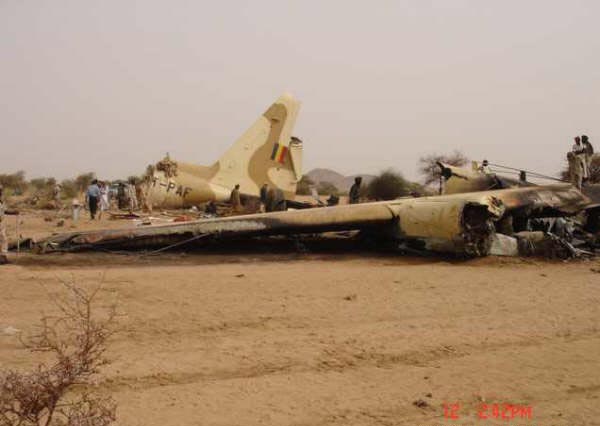
Crash of a Lockheed C-130 Hercules C.1P in Lashkar Gah
Date & Time:
May 24, 2006 at 1530 LT
Registration:
XV206
Survivors:
Yes
Schedule:
Kabul - Lashkar Gah
MSN:
4231
YOM:
1967
Crew on board:
7
Crew fatalities:
Pax on board:
20
Pax fatalities:
Other fatalities:
Total fatalities:
0
Circumstances:
The RAF Hercules was on a routine operational flight providing support to the Provincial Reconstruction Team (PRT) at Lashkar Gar, Afghanistan at the time of the accident. The LKG Tactical Landing Zone (TLZ) is 6,800 feet long by 150 feet wide with a surface of compacted sand and gravel located on the south side of LKG town. The TLZ is used by UK forces and other agencies including the UN and Red Cross. The aircraft took off at 08:50 UTC from Kabul International Airport (KBL) to fly a routine logistics sortie to deliver cargo and personnel to LKG TLZ. After an uneventful medium level transit the aircraft landed at LKG at 10:20 UTC. Using a standard tactical landing technique the aircraft touched down some 500ft in from the runway threshold, reverse thrust was selected and speed reduced without the need for wheel braking. After 3 seconds, as the speed was nearing 70 kts there was a loud bang from the port side of the aircraft in the vicinity of the port main landing gear, the force of which was felt throughout the aircraft. At the same time the flight deck crew saw tyre debris flying up in front of the aircraft and then became aware of structural damage to the number 2 engine. The captain ordered the Emergency Engine Shutdown Drill (EESD) on the number 2 engine. He maintained directional control with nosewheel steering. Immediately after the shutdown of number 2 engine crew members observed a large amount of fuel leaking from the port wing area in the vicinity of the external tank pylon and that there was a fire in the vicinity of No.1 engine. The captain ordered the shut down of the No.1 engine using the EESD. Whilst this drill was carried out crew members observed that the fire was spreading across the whole wing. Realising the severity of the situation the captain brought the aircraft to a halt near the northern end of the landing zone some 6,400 feet from the touchdown point. He ordered the passengers and crew to immediately carry out the Emergency Evacuation Drill. Once all personnel had evacuated the aircraft, fire rapidly destroyed the aircraft and cargo.
Probable cause:
The Board concluded that XV206 was destroyed after detonating an explosive device that was buried in the surface of the LKG TLZ. After extensive investigation the Board concluded that the device was an anti-tank landmine. This resulted in aircraft debris puncturing the port wing fuel tanks, causing a major leak of fuel that ignited, leading to an uncontrollable fire originating in the port wing in the vicinity of the n°1 engine.
The Board concluded that the following contributed to the loss of XV206:
a. The lack of permanent force protection at LKG TLZ allowed uncontrolled access to persons wishing to carry out a hostile act;
b. The TLZ clearance procedures proved to be inadequate for detecting subsurface mines.
The Board concluded that the following contributed to the loss of XV206:
a. The lack of permanent force protection at LKG TLZ allowed uncontrolled access to persons wishing to carry out a hostile act;
b. The TLZ clearance procedures proved to be inadequate for detecting subsurface mines.
